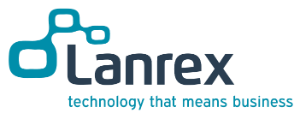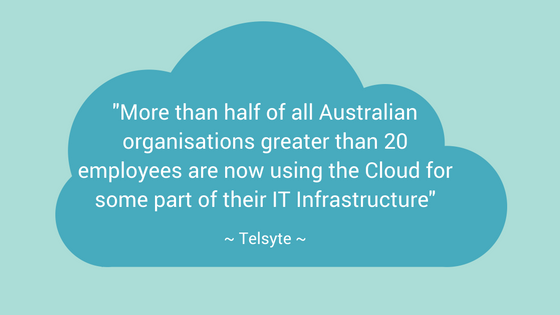Today’s workforce is growing much more mobile, and it’s forcing small to medium enterprises (SMEs) to re-evaluate how they interact with technology. Modern workers demand access to the corporate network on the go, and expect to be able to work anytime, anywhere. How can SMEs enable constant access to resources whilstkeeping data safe?
Mobile defined
In a report released last year, research firm Strategy Analytics estimated that 37.4% (1.32 billion) of the global workforce were considered ‘mobile’, and forecasts that this number will increase to 42% (1.75 billion) by 2020.
A mobile worker is defined as anyone who spends at least 10 hours per week away from his or her main workplace. Analyst firm IDC categorises these workers into three subgroups:
-
Office-based mobile worker: These employees spend most of their time in a company-provided office, but also sometimes work at home or in a third place.
-
Non-office-based mobile worker: These employees are more often at someone else’s office than their own. They are in the field, such as a salesperson, or working between buildings on a corporate campus, such as a project manager.
-
Home-based mobile worker: These employees spend most of the work week in a home office, but commute to the corporate workplace for meetings or collaborative work sessions.
The rise of Gen Y
While globalisation and the advancements in technology are the main drivers of mobile workforce growth, this trend is also being attributed to millennials – the digital native, mobile-first workers that make up Generation Y.
This generation of workers are used to accessing their data and communications tools on any device, anywhere, and seek out employers offering mobile working as part of the job.
New challenges
However, mobile working creates new challenges when it comes to building team relationships, shaping corporate culture, and managing people effectively.
Cloud computing is helping SMEs manage this mobile workforce and mitigate business leaders’ concerns about productivity. With a cloud model, your business’ data resides with a service provider, rather than on each desktop or somewhere on your network.
The cloud can run anything from your email to customer relationship management (CRM) software to video conferencing and store all of your documents. Employees simply log into a web-based service to access what they need, regardless of where they’re located – a sure-fire way to improve productivity and collaboration.
And because organisations don’t have to invest in IT infrastructure to support these workers, operating costs are driven down significantly.
These benefits are being realised by many Australian SMEs who are turning to cloud computing for workforce management. As reported by analyst firm Telsyte, more than half of all Australian organisations greater than 20 employees are now using the cloud for at least some part of their IT infrastructure.
The modern workforce
The way people work has changed – the workforce is no longer dominated by 40 hour-per-week employees who commute from their homes to the office and back again each day.
SMEs in turn need to make the changes necessary to compete in a rapidly changing, mobile-first world.
Allowing your employees to work flexibly will play a major role in boosting productivity, especially when you have a smaller workforce who can’t be everywhere at once. This can be achieved with the cloud, as organisations are able to improve operational efficiency and capitalise on commercial flexibility.
As millennials look to employers that accommodate their need for on-the-go access to corporate data, those organisations that embrace a cloud-based mobile strategy are the ones that will attract the best talent.
As a result, the ability to offer flexibility and collaboration – enabled by the cloud – can really set SMEs apart when it comes to recruiting top talent. So, not only does a cloud model enhance your organisation’s agility and efficiency, it also makes you an employer of choice.
Find out more about the Cloud and Cloud Computing with our free Coud 101 Guide, download below:

We’re creating a business that provides unlimited potential for our team. We believe that each and every team member has an equal opportunity to play a strategic and impactful role.
GET IN TOUCH

